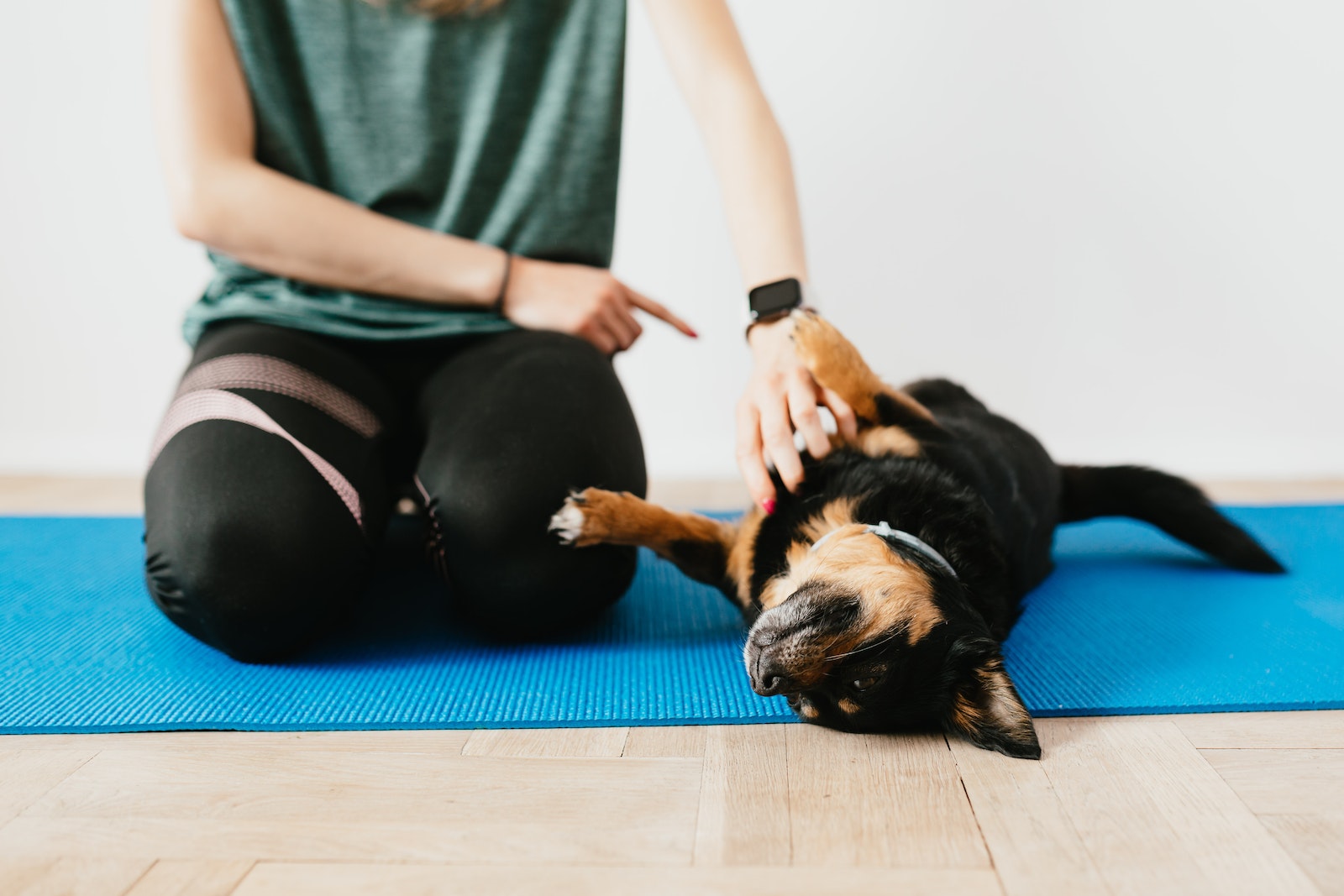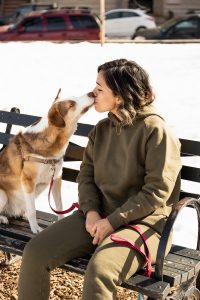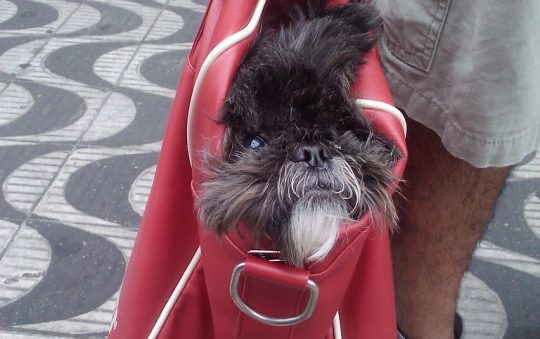As a dog parent, I know firsthand how important it is to properly train your furry friend. It not only makes life easier for you, but it also makes for a happier and healthier dog. But let’s be honest, dog training can be a daunting task, especially if you’re a first-time owner. That’s why I want to share my personal journey and some helpful tips for success.
When I first got my dog, I was overwhelmed with all the information out there about dog training. I tried different methods and techniques, but nothing seemed to work. It wasn’t until I found a training approach that worked for both me and my dog that I started seeing results. Through trial and error, I learned that consistency, positive reinforcement, and patience were key to successful dog training.
In this article, I want to share my personal journey with dog training and the tips and tricks that have worked for me. Whether you’re a first-time dog owner or an experienced one, I hope my experiences and insights will help you on your own dog training journey. So, let’s dive in and explore the world of dog training together!
My Personal Journey with Dog Training
I’ve always loved dogs, but it wasn’t until I adopted my first pup that I realized how much work goes into training them. My dog, a rambunctious Labrador Retriever, was a handful from the start. I quickly learned that training was essential to ensure she was well-behaved and happy.
At first, I tried to train her on my own, but I quickly realized that I needed help. I enrolled her in obedience classes, and it was one of the best decisions I ever made. The classes taught me the basics of dog training, including how to use positive reinforcement to encourage good behavior.
One of the most important lessons I learned was the power of rewards. Dogs are just like humans in that they respond well to positive reinforcement. Whenever my dog did something good, like sitting on command or walking calmly on a leash, I would reward her with praise, a treat, or a toy. This positive reinforcement helped her learn faster and made training sessions more fun for both of us.
I also learned the importance of creating a positive training environment. I set up a designated training area in my house, complete with a pen and plenty of toys. This helped my dog associate training with play and fun, which made her more eager to learn.
But it wasn’t always easy. My dog had a lot of fear and anxiety, which made training sessions stressful for both of us. I learned to take things slow and be patient with her, using reinforcement to help her overcome her fears. Over time, our bond grew stronger, and she became more confident and well-behaved.
My personal journey with dog training has taught me the importance of positive reinforcement, creating a positive environment, and being patient and understanding with my dog. Training can be challenging, but it’s also incredibly rewarding. With the right approach, anyone can train their dog to be a well-behaved and happy companion.
The Importance of Positive Reinforcement
Throughout my personal journey in dog training, I have found that positive reinforcement is one of the most important aspects of successfully training a dog. Positive reinforcement is a training method that involves rewarding your dog for good behavior, rather than scolding them for bad behavior. This method is based on the principle that dogs are more likely to repeat behaviors that are rewarded, and less likely to repeat behaviors that are not.
One of the main benefits of positive reinforcement is that it strengthens the bond between you and your dog. When you reward your dog for good behavior, they learn to trust and respect you as their trainer. This trust and respect can lead to better communication and understanding between you and your dog, which can make training a more enjoyable experience for both of you.
Another benefit of positive reinforcement is that it is a humane training method. Unlike scolding or punishment, which can be harmful and stressful for your dog, positive reinforcement uses treats, praise, and other rewards that your dog finds enjoyable. This can help to build a positive association with training and obedience, which can lead to better behavior in the long run.
When using positive reinforcement, it is important to choose the right rewards for your dog. Some dogs may be motivated by treats, while others may prefer toys or praise. It is also important to be consistent in your use of rewards, so that your dog learns to associate good behavior with positive outcomes.
If you are new to dog training, or if you are struggling to train your puppy or adult dog, it may be helpful to seek the advice of a professional dog trainer. A trainer can provide tips and guidance on how to use positive reinforcement effectively, and can help you to develop a training plan that is tailored to your dog’s individual needs.
In addition to using positive reinforcement, it is also important to provide your dog with plenty of exercise and mental stimulation. A well-exercised and mentally stimulated dog is more likely to be well-behaved and obedient, which can make training easier and more successful.
Positive reinforcement is a powerful tool for training your dog. By using rewards and positive reinforcement, you can strengthen your bond with your dog, improve their behavior, and make training a more enjoyable experience for both of you.
Dealing with Aggression and Anxiety
Dealing with aggression and anxiety in dogs can be a challenging task for any dog owner. I have personally experienced this challenge with my own dog, and I want to share some helpful tips that have worked for me.
Aggression
Aggressive behavior in dogs can be caused by a variety of factors, such as fear, territoriality, or lack of socialization. It is important to address this behavior as soon as possible to prevent it from escalating.
Here are some tips that have helped me deal with aggression in my dog:
- Use positive reinforcement training methods. Punishment can increase aggression and anxiety in dogs.
- Seek professional help if needed. A certified dog trainer or behaviorist can provide guidance and support.
- Manage the environment. Avoid situations that trigger aggressive behavior and provide a safe and calm environment for your dog.
- Exercise and mental stimulation. Regular exercise and mental stimulation can help reduce stress and anxiety in dogs.
- Establish a bond with your dog. A strong bond between you and your dog can help build trust and reduce anxiety.
Anxiety
Anxiety in dogs can be caused by various factors, such as separation anxiety, fear, or changes in the environment. It is important to identify the cause of anxiety to address it effectively.
Here are some tips that have helped me deal with anxiety in my dog:
- Counterconditioning. This involves changing your dog’s response to a stimulus that triggers anxiety by pairing it with something positive, such as treats or playtime.
- Desensitization. This involves gradually exposing your dog to the stimulus that triggers anxiety, starting with a low level of exposure and gradually increasing it over time.
- Provide a safe and comfortable environment. Create a safe and comfortable space for your dog with their favorite toys and bedding.
- Exercise and mental stimulation. Regular exercise and mental stimulation can help reduce stress and anxiety in dogs.
- Seek professional help if needed. A certified dog trainer or behaviorist can provide guidance and support.
Dealing with aggression and anxiety in dogs can be a challenging task, but with patience, consistency, and the right approach, it is possible to help your dog overcome these issues. Remember to always seek professional help if needed and provide a safe and comfortable environment for your furry friend.
Creating a Strong Bond with Your Dog
One of the most important aspects of dog training is creating a strong bond with your furry friend. A strong bond is the foundation for a successful training experience. When your dog trusts you and feels connected to you, they will be more willing to learn and follow your commands.
I have found that positive reinforcement is the best way to build a strong bond with your dog. Praising your dog for good behavior and rewarding them with treats or playtime is a great way to show them that you appreciate their efforts. When you use positive reinforcement, your dog will associate good behavior with positive experiences, which will encourage them to repeat that behavior in the future.
Playtime is also a great way to strengthen your bond with your dog. Playing with your dog is not only fun but it also helps to build trust and communication. When you play with your dog, you are showing them that you are their friend and that you enjoy spending time with them.
Creating a positive training environment is also important for building a strong bond with your dog. Make sure that your dog feels safe and comfortable in their training space. Avoid using punishment or negative reinforcement, as this can damage the bond between you and your dog.
A strong bond with your dog is essential for successful training. Use positive reinforcement, praise, playtime, and create a positive training environment to build trust and communication with your furry friend. Remember, your dog wants to please you, so show them that you appreciate their efforts and enjoy spending time with them.
Conclusion
Dog training can be a challenging but rewarding experience. Through my personal journey, I have learned that consistency, patience, and positive reinforcement are key to success. It is important to set realistic goals and understand that every dog is unique in their learning abilities and motivations.
One helpful tip for success is to establish a routine and stick to it. Dogs thrive on routine and structure, so setting aside specific times for training and exercise can be beneficial for both you and your furry friend. Another tip is to keep training sessions short and fun, so your dog does not become bored or frustrated.
Remember to always reward good behavior and avoid punishing bad behavior. Positive reinforcement, such as treats and praise, is a more effective and humane way to train your dog. Punishment can lead to fear and anxiety, and may even worsen the behavior you are trying to correct.
It is also important to socialize your dog and expose them to new experiences and environments. This can help prevent behavioral issues and make your dog more confident and well-behaved.
Overall, dog training requires patience, consistency, and a positive attitude. With these tips and a willingness to learn, you can create a strong bond with your dog and enjoy a lifetime of companionship and happiness.






